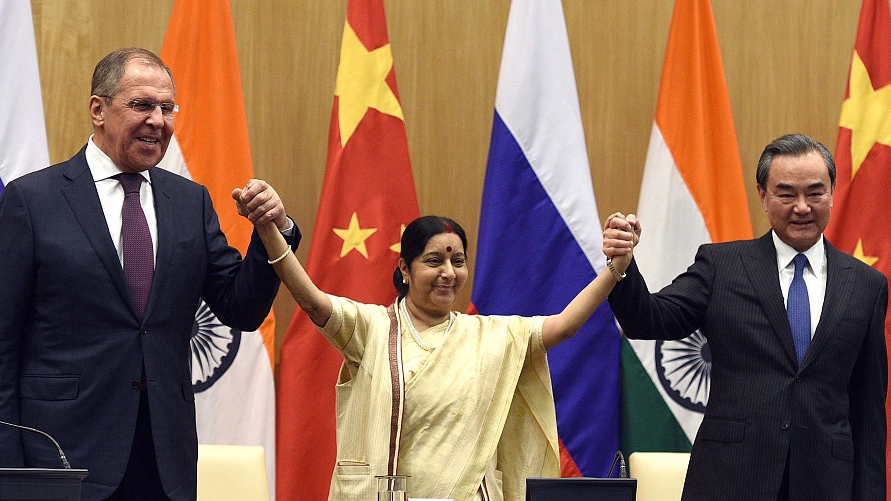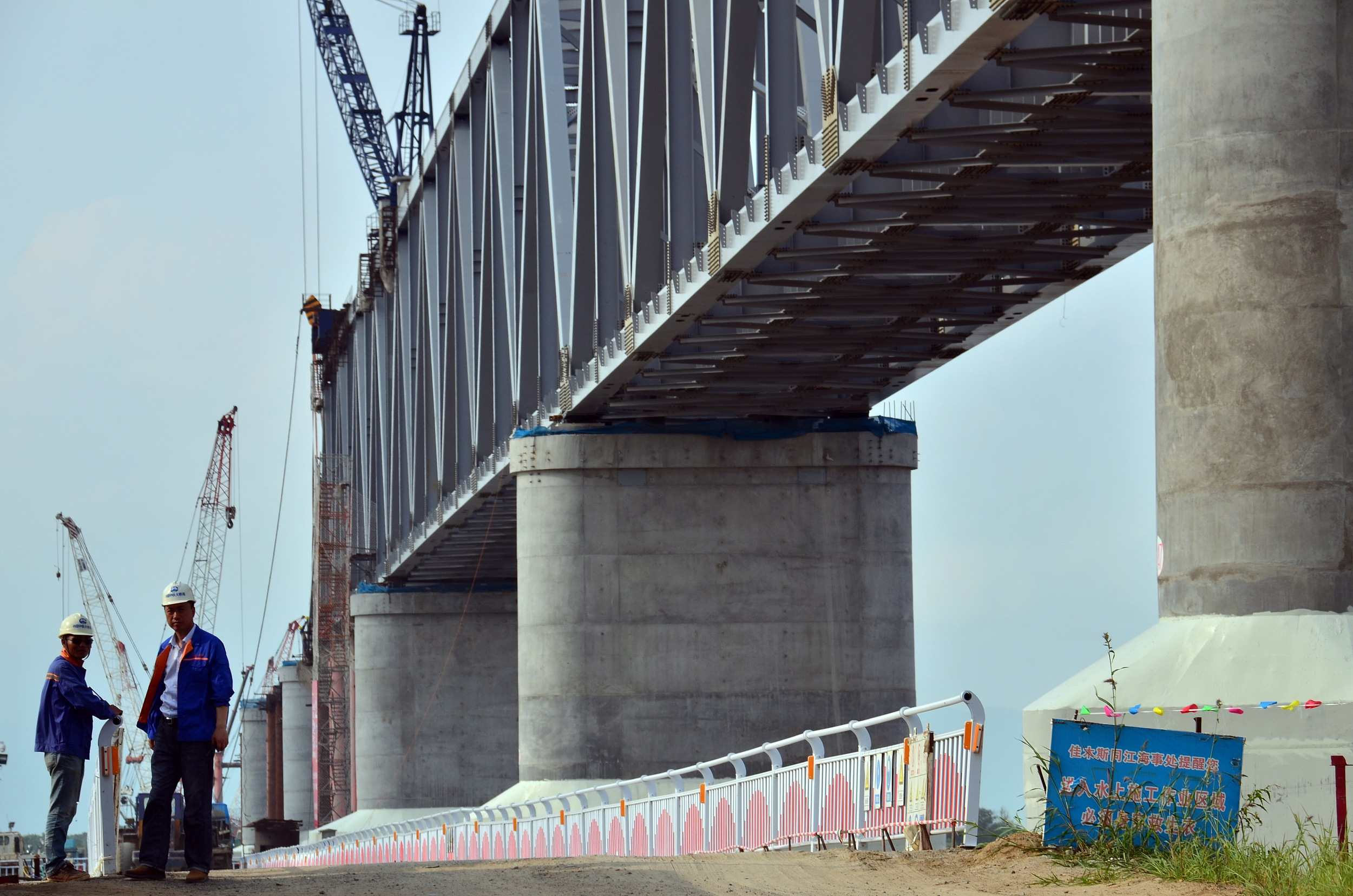

Editor's Note: Ken Moak who taught economic theory, public policy and globalization at university level for 33 years, co-authored a book titled "China's Economic Rise and Its Global Impact" in 2015. The article reflects the author's opinion, and not necessarily the views of CGTN.
Jim O'Neill coined the term BRIC, consisting of Brazil, Russia, India and China, because he might have envisioned that the four large developing economies would one day be as economically powerful as the G7, comprising the U.S., the UK, Germany, Japan, France, Italy, Canada and the EU. South Africa was added later, extending the breadth of the club to four continents.
O'Neill was right. In a sense, the BRICS club could be more formidable and advantageous to all five members if they cooperate like their G7 counterparts.
However, the newly-elected President of Brazil, Jair Bolsonaro, believes that his country would be better off allying with the United States. Brazil's economy is going from bad to worse, primarily because of weakening global demand for resources and Bolsonaro's populist policies. South Africa is wrought with economic problems, disabling it from making any meaningful contribution.
With a combined PPP GDP of around 40 trillion U.S. dollars, nearing that of G7's 40.7 trillion U.S. dollars, a smaller group consisting of Russia, India and China (RIC) is still formidable. All three countries are also nuclear powers. Should the leaders decide or are willing to forge closer relations, that could be a "marriage made in heaven."
The three economies are highly complementary: China has a comparative advantage in manufacturing, India possesses advanced information and pharmaceutical technology and Russia is endowed with significant natural resources. Each has something to offer to the others.

Russian Foreign Minister Sergey Lavrov (L), Indian External Affairs Minister Sushma Swaraj (C) and Chinese State Councilor and Foreign Minister Wang Yi at the joint press conference of the 15th RIC meeting in New Delhi, India, December 11, 2017. /VCG Photo
A lack of a comprehensive infrastructure system is perhaps the biggest obstacle in preventing India and Russia from realizing their economic potentials.
Poor roads, insufficient railway transportation and inadequate power generation frustrate many foreign investors in India. Goods are not delivered on time and sporadic power shortages disrupt production, prompting many to leave the country.
Compounding India's infrastructure issues is inadequate vocational training for the between 12 million and 15 million school-leavers entering the labor force each year. According to the World Economic Forum's (WEF) Global Competitiveness Index, only 2.3 percent of school-leavers have received some vocational training.
Though its issues are not as acute as India's, Russia also requires infrastructure investment in its sparsely populated Siberia or far eastern region.
China has the financial toolkit and expertise to help India and Russia reach their economic potentials. For example, China’s expertise and efficiency in building railroads, roads, bridges, airports, seaports and power generation plants are second to none. And its enterprises have the financial resources to invest in these infrastructures.

The China-Russia Tongjiang Rail Bridge during construction on August 5, 2015. /VCG Photo
Moreover, many Chinese investors would be eager to set up manufacturing facilities in India because of the huge population there. Indeed, many already have. China could also help India develop a skilled labor force.
Russia's rich resource endowments and vast land mass could guarantee commodity, energy and food security in China and India. India’s information technology and pharmaceutical advancements could make the RIC an innovation hub no less powerful than the West.
In light of the aforementioned, there is every reason for the three countries to formalize the trilateral relationship. Its existence would not only afford enormous benefits to the partners but also to the world, sustaining long-term economic growth and prosperity which, in turn, would alleviate poverty and misery. What's more, the three nuclear powers could improve global security.
In short, should closer ties be forged between China, Russia and India, multilateralism and globalization could be better realized. At the very least, the West, the U.S. in particular, would not be able to impose their will on the rest of the world.
(If you want to contribute and have specific expertise, please contact us at opinions@cgtn.com.)

Copyright © 2018 CGTN. Beijing ICP prepared NO.16065310-3
Copyright © 2018 CGTN. Beijing ICP prepared NO.16065310-3